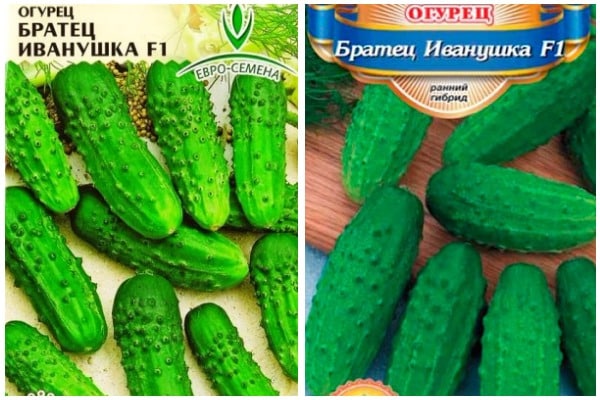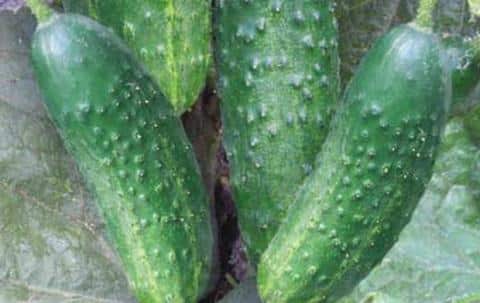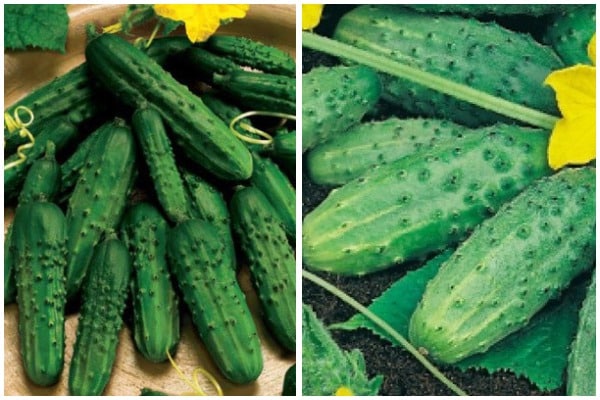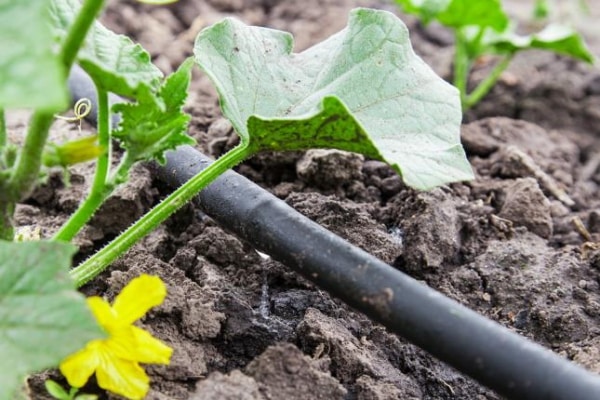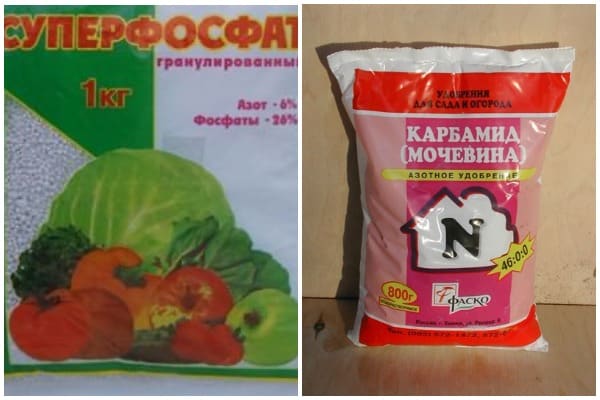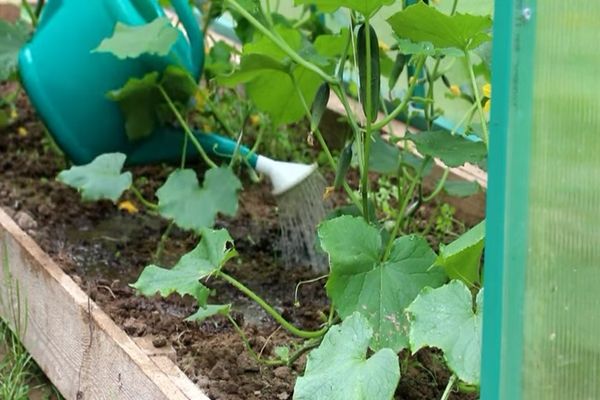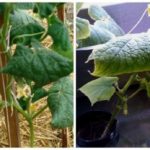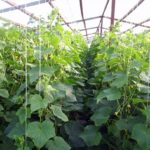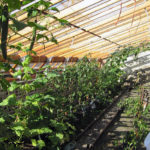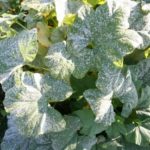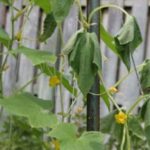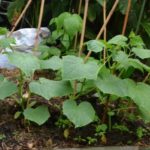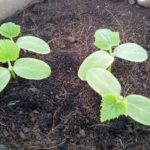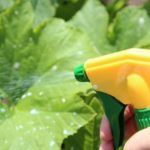Those who want to grow a large harvest of gherkins in the garden this season can try an excellent variety - cucumber Brother Ivanushka f1. It is intended for cultivation in open areas and in a greenhouse, provided insects have access to the room. After all, this hybrid produces greens with the help of bees, which pollinate the plant.
Description of plants
The bush is indeterminate with medium growth of leaves and vines. In open areas, for the convenience of growing and harvesting, trellises are installed along which the lashes will curl. When grown in greenhouses, insects are provided with access for pollination.Early ripening - 45–50 days pass from planting seeds to receiving the first greens. Under good conditions, it bears fruit until frost.
Fruit characteristics
Cucumbers are small in size, with timely harvesting up to 8 centimeters in length. Slightly tuberculate, spines small. The weight of the fruit reaches 80–90 grams.
The color is green, light near the flower with yellow stripes along the entire length of the fruit. The skin is soft and thin.
The taste of cucumbers is excellent - sweet, without bitterness. There are no voids in the middle. The seed sac is small. The fruits are suitable for universal use - they are tasty fresh or pickled. Has excellent salting characteristics. Due to its size it looks great in small containers. Due to their marketable appearance and resistance to transportation, they are also grown on an industrial scale.
Positive qualities of the variety
Due to its valuable qualities, the variety is characterized by the following advantages among producers:
- The hybrid gives a high yield.
- Plants are resistant to diseases.
- The fruits have excellent taste.
- Differs in early harvest.
- Has a good presentation.
Agrotechnics of cultivation
Seeds are sown in early April to grow seedlings. At the age of 20 days, the seedlings are moved to a permanent place of growth in the garden or greenhouse. This usually occurs at the beginning or end of May, provided that the average daytime air temperature remains 22–25 degrees. At night the temperature should not fall below 16 degrees. For normal life, 4 plants are planted per square meter.
Plant care
During the growth of cucumbers, a set of measures is carried out:
- Watering plants.
- Weeding the beds.
- Loosening the soil.
- Borage garter.
- Fertilization with mineral and organic fertilizers.
- Pest control.
How to properly fertilize plants?
To grow cucumbers and improve the taste of the fruit, gardeners use all kinds of fertilizers. Procedures are carried out 4 times during growth:
- Fertilizing seedlings.
- 2 weeks after transplantation.
- When blooming.
- During the period of fruit ripening.
Organic fertilizers are used in the form of chicken manure, compost, cow manure, and plant humus. And mineral fertilizers that have received positive reviews from gardeners: Urea, Superphosphate, potassium nitrate, ash, ammonium nitrate. These substances need to be used for root and foliar feeding.
Plants are fed in open areas, in a greenhouse and when grown at home. In this case, watering is carried out in the absence of rain, otherwise the water will wash away all the nutrients.
Preventing cucumber diseases
To prevent the occurrence of certain diseases, measures are taken to disinfect seeds and soil.
For this purpose, a solution of potassium permanganate is used; purchased seeds are soaked in it. Before the first planting, the soil is also treated with a medium solution of potassium permanganate or spilled with boiling water and covered with film for a week. Only after this are seeds or seedlings planted.
Moderate watering of plants in the greenhouse is carried out. Do not allow moisture to accumulate on the film; if it appears, shake it off. Overwatering will cause the roots and stem to rot. Inspection for rot and black spots is also welcome. If areas with infection are detected, they must be treated and diseased plants removed.
If you follow the described rules, a bountiful harvest of Brother Ivanushka cucumbers will grow in your garden.

